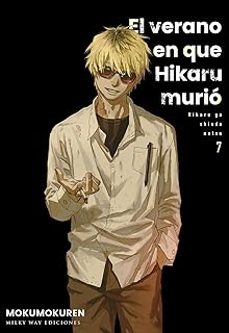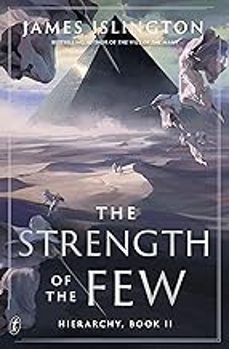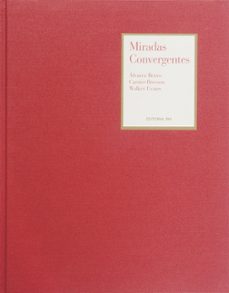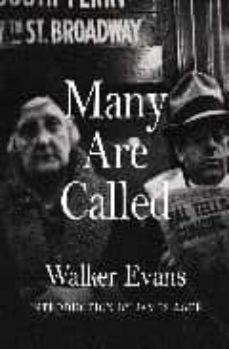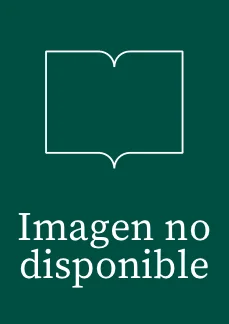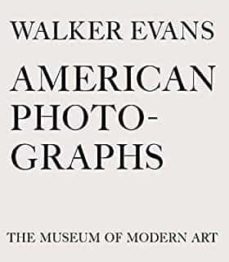Imprescindibles
Más vendidos Libros más leídos eBooks más leídos Todos los libros Todos los libros Autores destacados Series y sagas
Recomendados Libros recomendados Autores destacados Libros que inspiran Vidas con historia LGTBIQ+ English books
Ficción
Literatura Contemporánea Estudios literarios Clásicos Cuentos Poesía Teatro Libros de bolsillo Sagas literarias
Géneros literarios Novela romántica y erótica Novela negra Novela histórica Narrativa fantástica Novela de ciencia ficción Novela de terror Narrativa de humor Narrativa de viajes
No Ficción
Ciencias y tecnología Biología Ciencias Ciencias naturales Divulgación científica Informática Ingeniería Matemáticas Medicina Salud y dietas Formación Idiomas Estilo de vida Libros de Cocina Guías de viaje Narrativa de viajes Deportes Libros de Juegos Manualidades
Humanidades Autoayuda y espiritualidad Ciencias humanas Derecho Economía y Empresa Psicología y Pedagogía Filosofía Sociología Filología Biblioteconomía Estudios filológicos Estudios lingüísticos Estudios literarios Historia y crítica de la Literatura
Infantil
Juvenil
#Jóvenes lectores Narrativa juvenil Clásicos adaptados Libros Wattpad Libros Booktok Libros de influencers Libros de Youtubers Libros Spicy Juveniles Libros LGTBIQ+ Temas sociales Libros ciencia ficción Libros de acción y aventura Cómic y Manga Juvenil Cómic Juvenil Manga Shonen Manga Shojo Autores destacados Jennifer L. Armentrout Eloy Moreno Nerea Llanes Hannah Nicole Maehrer
Libros de fantasía Cozy Fantasy Dark academia Hadas y Fae Romantasy Royal Fantasy Urban Fantasy Vampiros y hombres lobo Otros Misterio y terror Cozy mistery Policiaca Spooky Terror Thriller y suspense Otros
Libros románticos y de amor Dark Romance Clean Romance Cowboy Romance Mafia y amor Romance dramatico Romance dramatico Romcom Sport Romance Otros Clichés Enemies to Lovers Friends to Lovers Hermanastros Slow Burn Fake Dating Triángulo amoroso
Cómic y Manga
Novela gráfica Novela gráfica americana Novela gráfica europea Novela gráfica de otros países Personajes, series y sagas Series y sagas Star Wars Superhéroes Cómics DC Cómics Marvel Cómics otros superhéroes Cómics Valiant
eBooks
Literatura Contemporánea Narrativa fantástica Novela de ciencia ficción Novela de terror Novela histórica Novela negra Novela romántica y erótica Juvenil Más de 13 años Más de 15 años Infantil eBooks infantiles
Humanidades Autoayuda y espiritualidad Ciencias humanas Economía y Empresa Psicología y Pedagogía Filosofía Historia Historia de España Historia Universal Arte Cine Música Historia del arte
Ciencia y tecnología Ciencias naturales Divulgación científica Medicina Salud y dietas Filología Estudios lingüísticos Estudios literarios Historia y crítica de la Literatura Estilo de vida Cocina Guías de viaje Ocio y deportes
Walker Evans
Walker Evans (1903-1976) fue un fotógrafo profesional que cimentó su prestigio con sus series de obras sobre los efectos de la Gran Depresión. Fue jefe de redacción de las revistas Fortune y Time.
Recibe novedades de WALKER EVANS directamente en tu email
Filtros
Del 1 al 9 de 9
RM Verlag, S.L 9789685208208
Miradas convergentes reúne imágenes emblemáticas del siglo XX, obra de tres grandes maestros de la fotografía: Henri Cartier-Bresson, Walker Evans y Manuel Çlvarez Bravo. El libro se publica en sincronia con la exposicion presentada en el Museo del Palacio de las Bellas Artes de la Ciudad de Mexico, la cual hace eco de la historica muestra dedicada a los mismos fotografos en la Julien Levy Gallery (Nueva York, 1935). Los ensayos proponen una lectura historica y critica de las fotografias, en el ambito de sus vastas resonancias universales.
Ver más
Tapa dura
YALE UNIVERSITY PRESS 9780300106176
Between 1936 and 1941 Walker Evans and James Agee collaborated on one of the most provocative books in American literature, Let Us Now Praise Famous Men (1941). While at work on this book, the two also conceived another less well-known but equally important book project entitled Many Are Called. This three-year photographic study of subway passengers made with a hidden camera was first published in 1966, with an introduction written by Agee in 1940. Long out of print, Many Are Called is now being reissued with a new foreword and afterword and with exquisitely reproduced images from newly prepared digital scans. Many Are Called came to fruition at a slow pace. In 1938, Walker Evans began surreptitiously photographing people on the New York City subway. With his camera hidden in his coatthe lens peeking through a buttonholehe captured the faces of riders hurtling through the dark tunnels, wrapped in their own private thoughts. By 1940-41, Evans had made over six hundred photographs and had begun to edit the series. The book remained unpublished until 1966 when The Museum of Modern Art mounted an exhibition of Evanss subway portraits. This beautiful new editionpublished in the centenary year of the NYC subwayis an essential book for all admirers of Evanss unparalleled photographs, Agees elegant prose, and the great City of New York. Luc Sante, author of Low Life, Evidence, and The Factory of Facts, is Visiting Professor of Writing and the History of Photography at Bard College; Jeff L. Rosenheim, Associate Curator, Department of Photographs, The Metropolitan Museum of Art, is the editor of Unclassified: A Walker Evans Anthology and Walker Evans: Polaroids and was the main contributor to the Metropolitans exhibition catalogue Walker Evans (2000). [New York City subway riders] are members of every race and nation of the earth. They are of all ages, of all temperaments, of all classes, of almost every imaginable occupation. . . . Each, also, is an individual existence, as matchless as a thumbprint or a snowflake. James Agee, from the introduction
Ver más
Otros
WEBB, VIRGINIA LEE y Walker Evans
METROPOLITAN MUSEUM OF ART 9780870999390
Tapa blanda
Walker Evans y ROSENHEIM, JEFF
SCALO 9783908247432
Tapa dura
Editorial Ariel 9788434425804
A raiz de un encargo de la revista Fortune, James Agee y Walker Evans convivieron durante los meses de julio y agosto de 1936 con tres familias de aparceros del sur de Estados Unidos para realizar un reportaje periodistico sobre las condiciones de vida de los arrendatarios de algodon. Ese estudio resulto un verdadero documento sociologico, pero que, tanto por su descripcion austera como por sus fotografias, fue rechazado por la revista. Asi, James Agee decidio convertir el resultado de esta perturbadora experiencia en uno de los libros que acabo siendo de los mas originales y a la vez in uyentes del siglo xx. Una extraordinaria vision, intensa y unica, que da voz a los olvidados y excluidos; una obra universal que hoy mas que nunca parece importante recuperar.
Ver más
Tapa blanda
MUSEUM OF MODERN ART 9780870708350
A 75th-anniversary facsimile edition of one of the most significant photobooks ever publishedMore than any other artist, Walker Evans invented the images of essential America that we have long since accepted as fact, and his work has influenced not only modern photography but also literature, film and visual arts in other mediums. The original edition of American Photographs was a carefully prepared letterpress production, published by The Museum of Modern Art in 1938 to accompany an exhibition of photographs by Evans that captured scenes of America in the early 1930s. As noted on the jacket of the first edition, Evans, "photographing in New England or Louisiana, watching a Cuban political funeral or a Mississippi flood, working cautiously so as to disturb nothing in the normal atmosphere of the average place, can be considered a kind of disembodied, burrowing eye, a conspirator against time and its hammers." This seventy-fifth anniversary edition of American Photographs, made with new reproductions, recreates the original 1938 edition as closely as possible to make the landmark publication available for a new generation. American Photographs has fallen out of print for long periods of time since it was first published, and even subsequent editions--two of which altered the design and typography of the book in small but significant ways--are often available only at libraries and rare bookstores. This version, like the fiftieth-anniversary edition produced by the Museum in 1988, captures the look and feel of the very first edition with the aid of new digital technologies.
Ver más
Tapa dura
Del 1 al 9 de 9



















